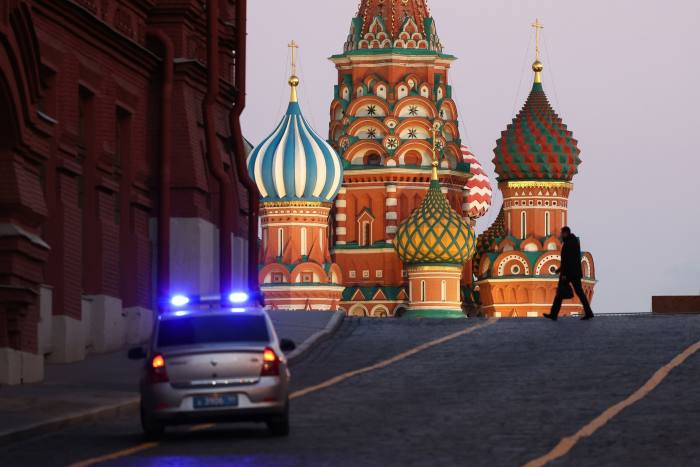
It has been six weeks since Russia sent troops into Ukraine, beginning what is perhaps the largest ground conflict in Europe since Germany declared war on France in 1940.
Already this has changed the world immeasurably, as well as sending shockwaves through the markets.
As the west has grouped together to impose crippling sanctions on the Kremlin’s elite, businesses have turned away from Russia, causing their economy to haemorrhage.
The decision to impose bans on Russian oil imports has marked a particularly moral turn in the investment world, with the US leading the charge with a complete ban and the UK planning to phase out its imports gradually to condemn Vladimir Putin’s actions in Ukraine further.
Elsewhere, European stocks are stumbling into correction territory, while already surging energy prices are now soaring even higher. This is all comes much to the concern of officials in Whitehall, where whispers of the dreaded R word are beginning to cause some unease.
What happens next on the battlefield is anyone’s guess, and such events barely scratch the surface of the market reaction to the conflict so far. In truth, there are no guarantees about how the conflict will progress, or how the financial markets will respond.
With this in mind, how has the crisis affected investment trends so far?
How war affects the economy
First, it is important to acknowledge how war in general tends to impact the financial markets.
As serious as the current conflict between Russia and Ukraine is, history tells us that when the flames of war ignite, the stock markets tend to shrug it off.
Undoubtedly, the human costs of war can be devastating, but the bombing of Syria in 2017, the US withdrawal from Afghanistan, and the North Korean missile crisis all provide some pertinent examples that the market reaction to these events can be surprisingly mild.
Ultimately, most dips end up being bought, so medium-term investors can potentially find good value in bleak times.
A look back at World War II (1939-1945) shows that the Dow was up a total of 50 per cent throughout this period, more than 7 per cent a year.
Likewise, the US stock market was up a combined 115 per cent during two of the worst wars in modern history – such logic dictates that the relationship between geopolitical crises and market outcomes is not as simple as it may appear.
Assembling the ‘war puzzle’
But what about this specific situation? There is certainly something to be said about the fact that expectations of the crisis between Russia and Ukraine were largely dismissed before the conflict broke out.
Before the crisis began, UK and US intelligence officials were ratcheting up their warnings, however these forewarnings were largely dismissed by Kyiv. In cases like this where war starts as a surprise, the outbreak of a war can decrease stock prices.







